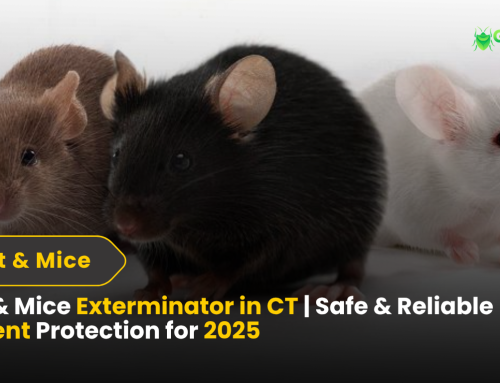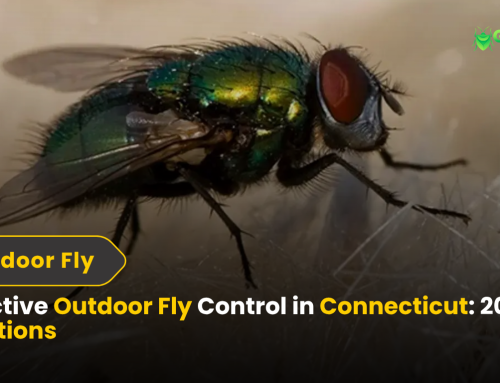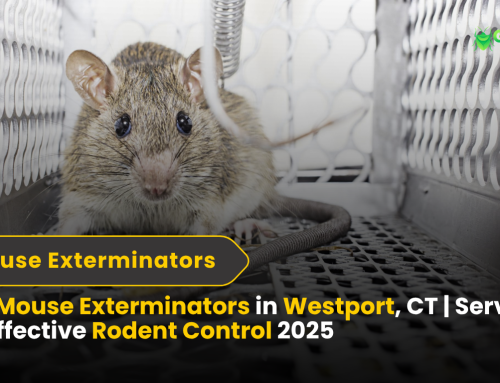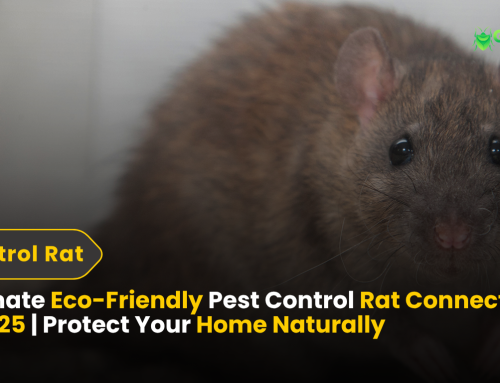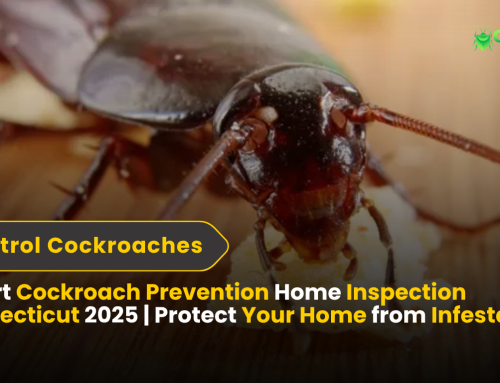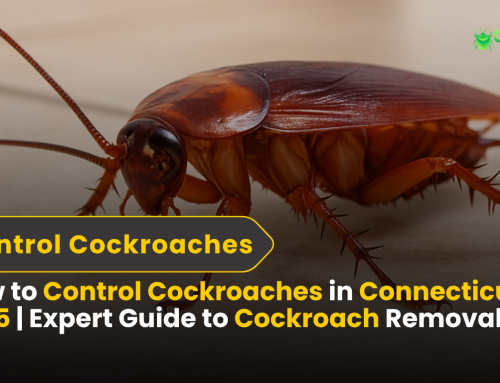8 Best Eco Friendly Pest Control Methods You Need To know In 2025
Pest Control is a main necessity in order to maintaining a healty living environments and protecting your crops, houses, Building and many more.Howeever old traditions methods often rely on the chemical pesticides which can directly effect the world ecosystem, contaminate water resources and create a high risky enviornment to the human and animal health
Environmentally friendly pest control methods offer sustainable options and safer alternatives that effectively manage pest populations while minimizing environmental impact in rhe society.
In this blog post, we will explain a range of environmentally friendly pest control methods, their benefits, and prctcial tips for impelemtiing them in residential agriculture and commercial settings
1. Integrated Pest Management (IPM)
Integrated pest management (IPM) is a holistic and grrate approach to the pest control that direlty combines multiple strategies to minimize the pest damage to the environment in a best responsible way
Integrated Pest Mangement is main (IPM) focuses on:
- Prevention: Ensuring pests do not gain access to food, water, or shelter.
- Monitoring: Regularly inspecting areas for pest activity.
- Control: Applying targeted pest control methods measures to reduce pest populations when necessary.
Common Integrated pest management IPM practices include:
- Sealing cracks and gaps in buildings.
- Properly storing food in airtight containers.
- Using sticky traps to monitor pest activity.
- Introducing beneficial insects to target pest species.
By prioritizing prevention and minimizing the use of chemical pesticides, IPM reduces environmental harm and promotes long-term pest control.
2. Biological Control
One of the best life pest control methods is Biologicsl control involves using natural predators, parasites or pathogens to manage pest population whether you are living in house, building or for fields this methods prevent your spaces from any harmful damage This method harnesses the natural balance of ecosystems to suppress pest species without the need for harmful chemicals. Examples include:
- Ladybugs and lacewings: Effective against aphids and other soft-bodied insects.
- Nematodes: Microscopic worms that target soil-dwelling pests like grubs and root maggots.
- Bacillus thuringiensis (Bt): A naturally occurring bacterium used to control caterpillars, mosquitoes, and beetles.
By encouraging or introducing these beneficial organisms, biological control supports biodiversity and reduces reliance on synthetic pesticides.
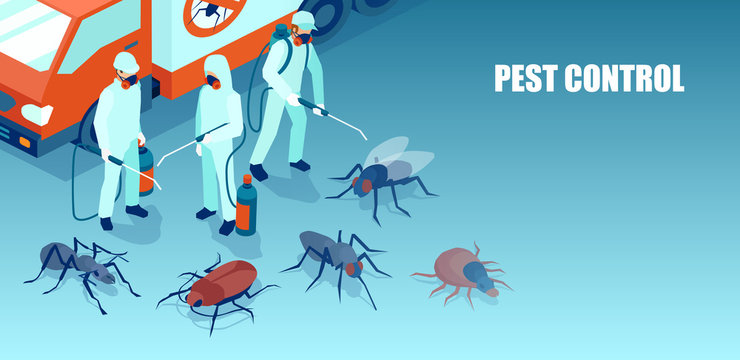
3. Botanical and Organic Pesticides
Botancial and organic pesticides are derived from plants and other natural sources. These eco friendly options are less toxic than synthetic chemicals and these all chemical break down quickly in the environment that actually makes our enviornmanrt safe and clean.Its is also important to recognize which kind of vest are available on that specific plaxce, Popular botanical pesticides include:
- Neem oil: Extracted from the neem tree, effective against a wide range of insects and mites.
- Pyrethrin: Derived from chrysanthemum flowers, used to control flying and crawling insects.
- Diatomaceous earth: A natural powder made from fossilized algae, effective against ants, fleas, and bed bugs.
Organic pesticides should be used as a last resort in IPM programs to minimize their impact on non-target species and ecosystems.
4. Physical Barriers and Traps
Physical barrier methods are not as much accurate but still they have the value to protect pest fas compre to using a non toxic way because using non toxic wya can directly damage the whole environment. These include:
- Barriers: Installing mesh screens, row covers, or fences to prevent pests from accessing plants or buildings.
- Traps: Using sticky traps, pheromone traps, or baited traps to capture and monitor pests.
- Handpicking: Removing larger pests, like caterpillars or snails, by hand.
These methods are particularly effective in small-scale applications and are cost-effective solutions for residential gardens and small farms.
5. Cultural Practices
Cultural practice mainly involve modifying the cleanliness of the enviormanrt or check the whole human behivor to reduce the effect to pest pressure.These chemical practice are proactive measures tha prevents pest from becoming established that cause seriousness Examples include:
- Crop rotation: Prevents the buildup of pest populations associated with specific crops.
- Companion planting: Growing certain plants together to deter pests or attract beneficial insects.
- Sanitation: Keeping living areas and fields clean to reduce food and shelter sources for pests.
- Timing planting schedules: Planting crops when pest activity is minimal.
Adopting these practices can significantly reduce the need for chemical interventions.
6. Natural Repellents
Natural and organic repellents are those substances or even plants that deter pears through scents, taste or other properties. Natural might slow down the proces of spreading pest but still chemical pest are the best way to reduce the spreading the pestThese include:
- Essential oils: Oils like peppermint, eucalyptus, and lavender repel insects such as mosquitoes, ants, and flies.
- Herbs and flowers: Planting marigolds, basil, or rosemary around gardens to deter specific pests.
- Homemade sprays: Mixtures of garlic, chili, or vinegar can be sprayed on plants to deter pests.
These methods are safe for humans and pets and are easy to implement in home gardens and urban settings.
7. Environmental Enhancements
Creating a healthy habbit that direclty suppprts natural pest control can cause higher cances og reduce pest populations and promote a healty ecosystem thats every other person loves Enviornmental enhancements Strategies include:
- Encouraging biodiversity: Planting a variety of species to attract beneficial insects and predators.
- Providing water sources: Supporting birds and other pest predators by offering clean water.
- Avoiding monoculture: Reducing large, single-crop areas that attract pests.
By fostering a balanced ecosystem, natural pest regulation can occur with minimal human intervention.
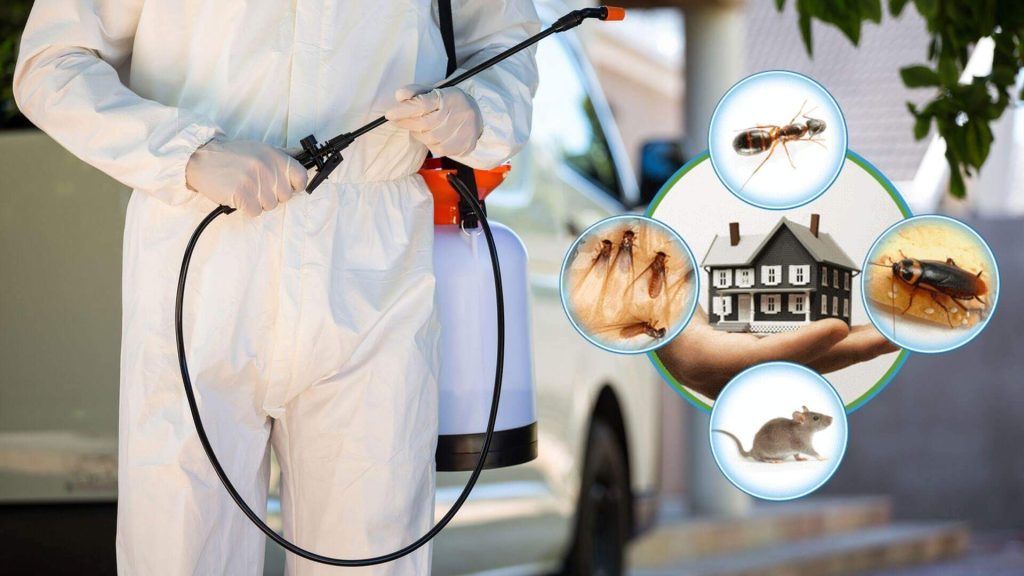
8. Technological Innovations
Modern and advancement technology offers a diverse tools for environmentally friendly pest control suh as :
- Solar-powered traps: Devices that use solar energy to attract and capture pests.
- Precision agriculture: Using pest control methods drones or sensors to monitor and target pest populations.
- Ultrasonic repellents: Devices that emit high-frequency sounds to deter pests.
While some of these technologies require an initial investment, they can be highly effective and sustainable over time.
Benefits of Environmentally Friendly Pest Control
- Health and Safety: Reducing exposure to the harmdul chemicals protect humans, pets and wildlife.
- Sustainability: Eco-friendly methods promote long-term pest management without degrading the environment.
- Cost-Effectiveness: Many natural pest control methods are inexpensive and easy to implement.
- Biodiversity: Supporting beneficial organism strengthens ecosystem resilience
- Regulatory Compliance: Adhering to environmental regulations can avoid fines and improve public perception .
Practical Tips for Transitioning to Eco-Friendly Pest Control
- Educate Yourself: Learn about common pests in your area and their natural predators.
- Start Small: Implement one or two methods and monitor their effectiveness before expanding.
- Combine Strategies: Use multiple methods together for a comprehensive approach.
- Be Patient: Natural methods may take longer to show results than chemical solutions.
- Consult Experts: Seek advice from local extension offices or pest control professionals experienced in eco-friendly practices.
Final Thoughts
Harmless to the ecosystem bother control techniques offer a supportable and compelling method for overseeing vermin without compromising the soundness of our planet. These strategies focus on eco-cognizant practices to shield homes, gardens, and yields while encouraging natural equilibrium. By lessening dependence on manufactured synthetic substances, they assist with limiting damage to non-target species, soil, and water assets.
One successful pest control methods is Incorporated Irritation The board (IPM), a comprehensive methodology that consolidates counteraction, observing, and designated control. IPM centers around tending to the underlying drivers of vermin issues, guaranteeing long haul adequacy. Natural control, which uses normal hunters like ladybugs or parasitic nematodes, offers one more green option by tackling nature’s own instruments to battle bother populaces.
Social practices, for example, crop turn, sidekick planting, and keeping up with clean conditions, further deflect bugs by making troublesome circumstances for their development. Also, actual hindrances and regular anti-agents, similar to neem oil and rejuvenating oils, can give confined answers for explicit irritation issues.
By incorporating these techniques, people and networks safeguard their prompt climate as well as add to worldwide endeavors for manageability. In addition, greenpestmanagement pest control services are doing Changing to these eco-accommodating practices is a significant stage toward a better planet for current and people in the future.

